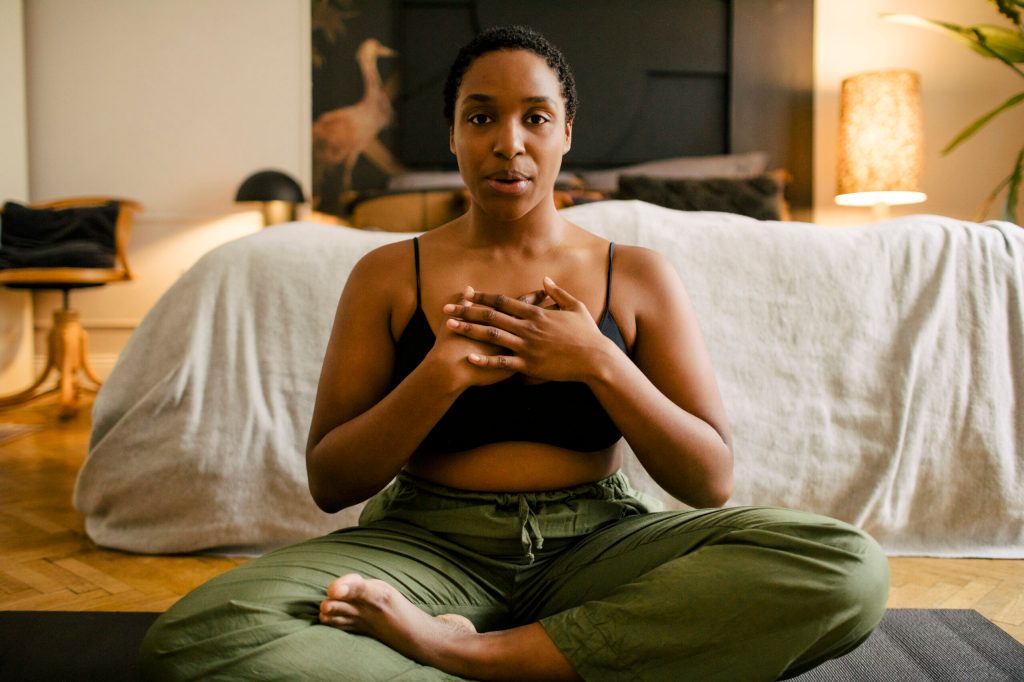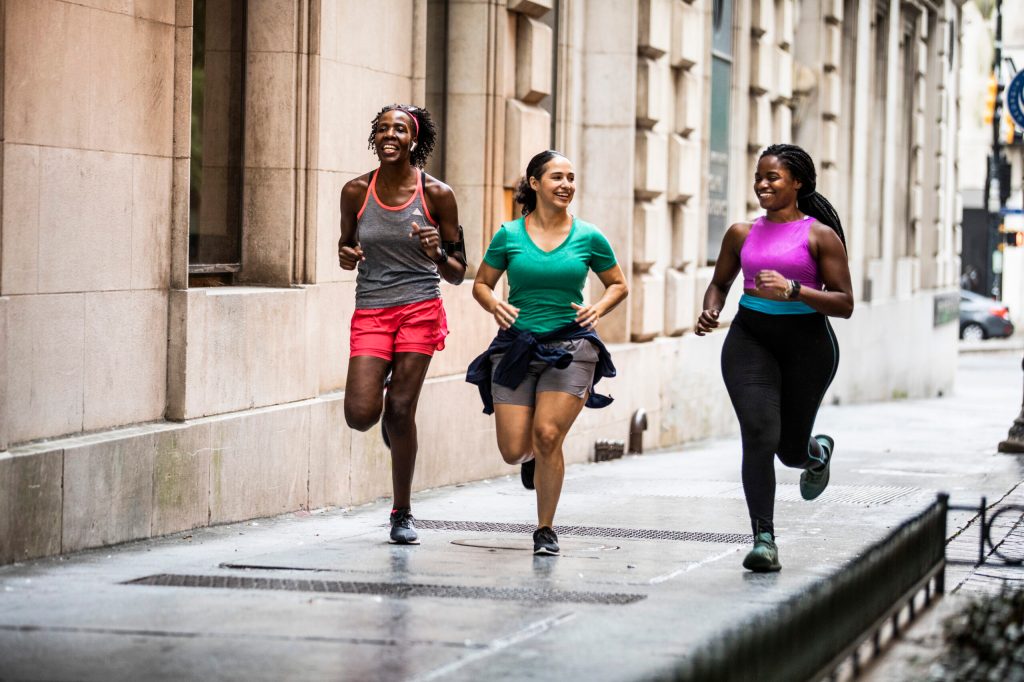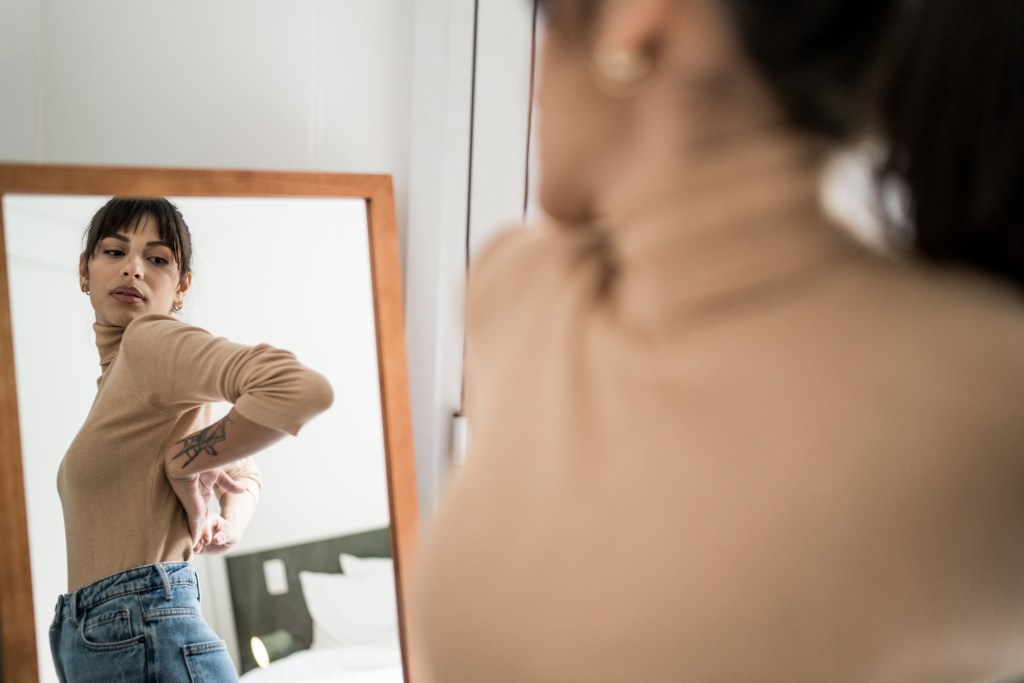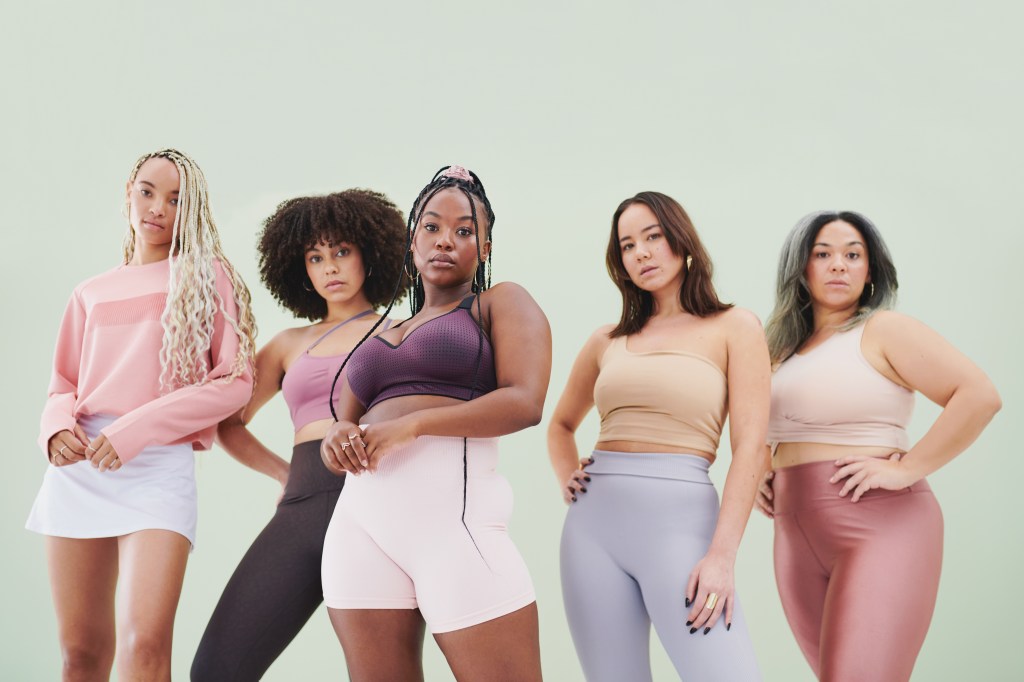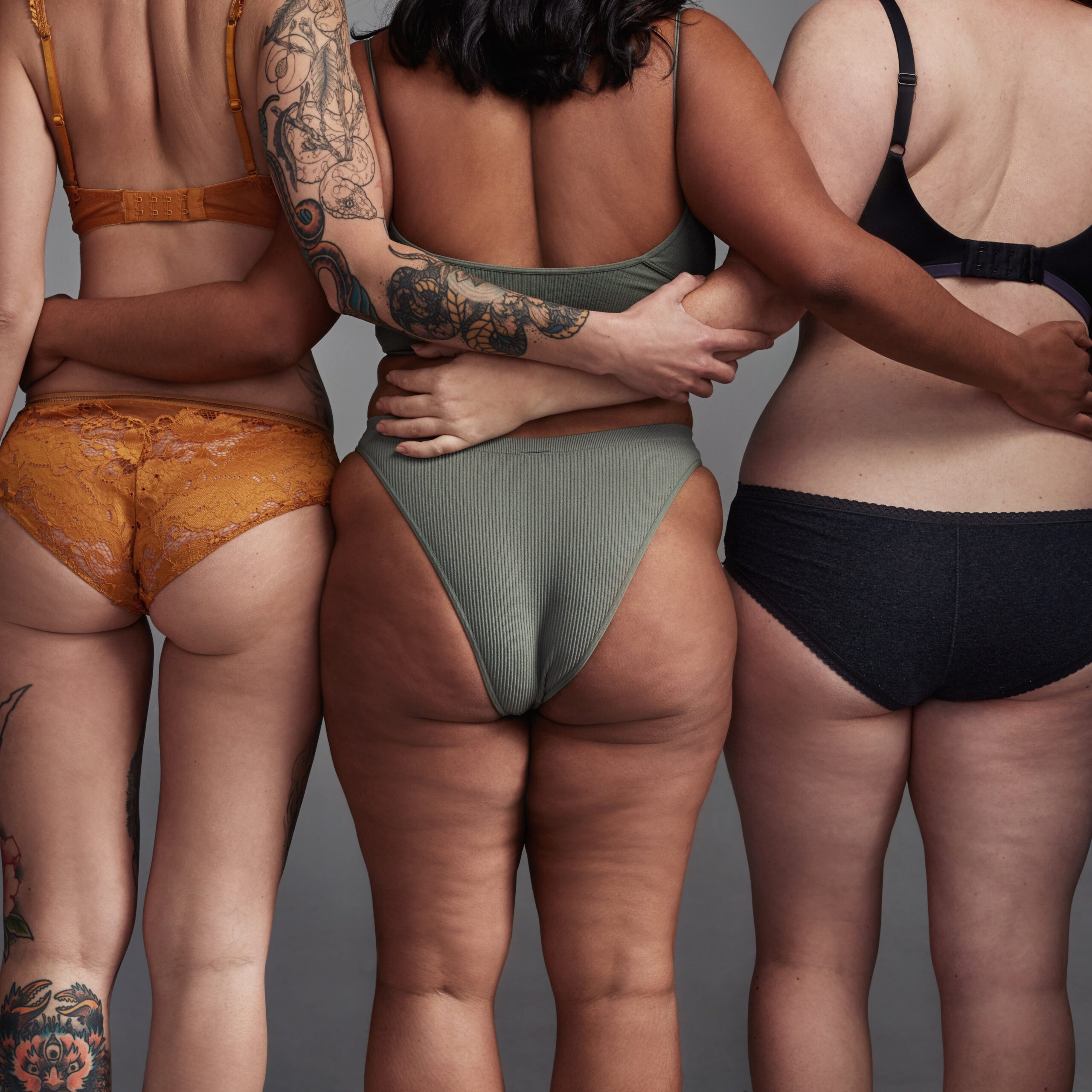
- POPSUGAR Australia
- Fitness
- “Hip Dips” Are Not a Problem to Be Fixed
“Hip Dips” Are Not a Problem to Be Fixed

Every once in a while, the internet gets together and declares that a perfectly normal aspect of the human anatomy is actually a huge issue. Enter into evidence the “thigh gap” conversation of the 2010s (reinvented into the “leggings legs” trend of the 2020s) and, recently, the “hip dip” trend that’s corroding social media feeds everywhere. It’s easy to fall prey to the narrative that your body “should” look a certain way, but experts are here to tell you that (spoiler alert) hip dips are nothing more than ordinary for Homo sapiens.
So what are hip dips, exactly – and how can you learn to practice body neutrality if you have them? Ahead, experts share the 101 on this “trend” – and teach you how to identify BS on your social media feed when you see it.
Experts Featured in This Article
Rachel Golberg, LMFT, a psychotherapist and personal trainer, and the founder of Rachel Goldberg Therapy in Studio City, California.
Barbara Kessel, DO, a supervising child and adolescent psychiatrist at Equip, the largest virtual eating disorder treatment nationwide.
What Are “Hip Dips?”
“Hip dips are inward curves on the sides of the body just below the hip bones,” says psychotherapist and personal trainer Rachel Golberg, LMFT, the founder of Rachel Goldberg Therapy in Studio City, California. “They are caused by the shape of the pelvis and how fat and muscle are distributed around that area.”
To reiterate, this attribute is an anatomical reality, not a flaw. Criticizing hip dips is like criticizing wrist bones – which is to say, it’s absurd; they’re caused by your literal skeleton.
“It’s completely normal for someone to have hip dips,” Goldberg says. She acknowledges, though, that people do often feel self-conscious about hip dips, mostly because “the topic comes and goes as a trend on social media, where people either promote ways to change them, insinuating they are undesirable, or embrace them as part of body positivity or neutrality.” And while we’re all for the body neutral take, even body positive conversations on social media have been shown to make people feel more dissatisfied with their bodies, according to a 2022 study in the journal Body Image.
Are Hip Dips “Bad”?
There are no negative health effects associated with hip dips. “There are no adverse health implications – except from a mental health standpoint due to any potential angst someone might have about theirs,” Goldberg notes. “This can include rumination, pursuing a myriad of ways to get rid of them, or not wearing certain outfits due to insecurity about how they look.” Again, hip dips are a normal part of many people’s anatomy and aren’t something that can or should be “fixed.”
Of course, plenty of people have little insecurities that they accommodate in various ways – and while we’d love to see everyone embracing themselves completely, that alone isn’t necessarily a major problem.
But anyone who finds themselves fixated on these attributes could meet the criteria for body dysmorphic disorder, which the Mayo Clinic defines as “a mental health condition in which you can’t stop thinking about one or more perceived defects or flaws in your appearance – a flaw that appears minor or can’t be seen by others. But you may feel so embarrassed, ashamed, and anxious that you may avoid many social situations.”
If you find yourself constantly inundated with intrusive thoughts about your hips or any other part of your body, consider seeking help from a mental health professional and lean on your community for support.
But for help in learning to embrace hip dips – or any other body part that’s suddenly become part of a toxic body-related “trend” – read through the following five tips.
Consider Practicing Body Neutrality
If body positivity feels daunting to you, practicing “body neutrality” may feel more doable and helpful. “A body-neutral perspective focuses on valuing the amazing things a body can do and shuns away from focusing on how it looks,” says Goldberg. “By viewing your body from the standpoint of functionality and knowing that hip dips are normal and don’t impair any type of bodily function or activity, it can help alleviate any pressure to conform to societal beauty standards or be critical of one’s own body.”
Body neutrality is a lifelong practice, but to start, try to list off everything amazing your body allows you to do. Whether you love to run, act, draw, or practice pottery, you owe that passion to your body. Once you have a working list, you can revisit and add to it when an insecurity flares up.
Prioritize Activities That Make You Appreciate Your Body
“One of the best steps someone can take is to use their body in a way that has proven to bring positive effects,” says Goldberg. “Taking up a sport and exercising in a way that feels good for them – even if one hates the gym – such as dancing, cycling, or hiking.”
Consider incorporating gratitude exercises into your activities. For example, while you’re cycling, think to yourself: “I love that my body is allowing me to climb these hills and enjoy the scenery around me.” Think of this as body neutrality in action.
Practice Mindful Social Media Consumption
Another way to protect your mental state? Cut the hip dip content off at its source. Both Goldberg and Barbara Kessel, DO, a supervising child and adolescent psychiatrist at Equip, the largest virtual eating disorder treatment nationwide, recommend ruthlessly unfollowing and unsubscribing to keep your feed shame-free. If an influencer or brand you follow starts peddling shame as part of their message, bid them goodbye and fill your feed with better things.
Get Curious
Oftentimes, our insecurities aren’t as simple as: “I don’t like my hips.” There’s more bubbling beneath the surface. So if it feels safe to you, try some self-discovery, either alone or with a therapist. “If feeling stuck or obsessing about hip dips or another specific area of your body, try to evaluate why it’s so disheartening for you. How would your life be different if you didn’t have hip dips? Would the difference be significant? Are there other ways to achieve whatever the positive outcome you envision your life would be without them? Sometimes taking a step back helps put things in a better perspective,” Goldberg says.
As you start to contemplate, be mindful of where your thoughts are going. If you find that you’re spending long stretches of your day ruminating on your appearance, when you’re going to eat and what you’re going to eat, or if you’re avoiding social situations, consider seeking out third-party help from a therapist or licensed mental health provider. “If this is something that’s causing you distress, or if this is something that’s stealing joy from your life, it’s probably something worth addressing.” says Dr. Kessel.
Question Who Really Benefits From Insecurities
Behind every post that demeans your body is a weight loss industry – or some industry – that’s making money off your insecurities. Dr. Kessel says it may be useful to remember that next time a TikTok video sends you into a spiral.
“Start thinking about who profits from these ‘trends,'” says Dr. Kessel. There’s a lot of money to be made from helping people achieve the ever-changing body “trends” or fixing manufactured “problems” like “hip dips” or “Ozempic butt,” she says. Not wanting to be a pawn in the weight-loss industry’s reinforcement of diet culture may give you extra incentive to let go of any anxiety about whether a certain body part is “normal” or not.
If you or someone you know is struggling with disordered eating, help is available. Call the Anorexia Nervosa and Associated Disorders Hotline at 1-888-375-7767.
Kells McPhillips is a health and wellness writer living in Los Angeles. In addition to PS, her journalism has appeared in The New York Times, Well+Good, Fortune, Runner’s World, Outside, Yoga Journal, and others. On the brand side, she regularly works with Peloton, Calm, and Equinox.


